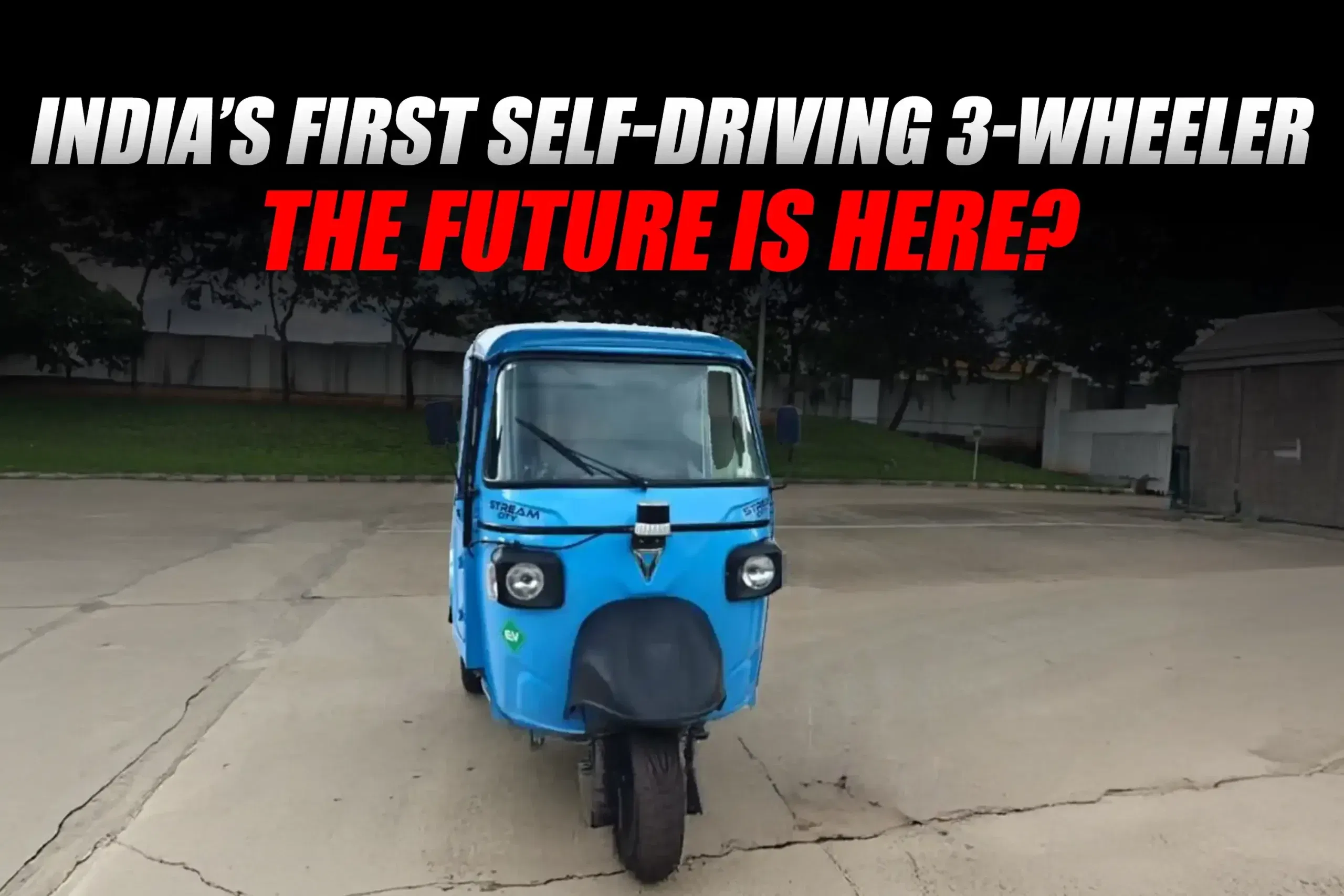India's urban transport system struggles with congestion, increasing pollution and the demand for cleaner vehicles. As a solution, Omega Seikei Mobility has introduced Swayamgati. This is India's first autonomous three-wheeler, representing a step forward to urban mobility. This electric autonomous auto or e-rickshaw, incorporates state of the art driverless auto technology with practicality for passenger and cargo transport.
Swayamgati: The Vehicle
The Swayamgati is equipped with a 10.3 kWh battery, providing a range of about 120 km for one charge. Cost of the passenger version is ₹4 lakh, while the cargo version is ₹4.15 lakh, both ex-showroom. Bookings are live now and delivery is assured immediately. As an autonomous self-driving auto India solution, it alleviates urban transport concerns by lessening dependence of a driver, decreasing emissions and improving efficiency.
Advanced Technology
The vehicle combines several technologies:
- AI navigation optimizes routes and traffic smartly.
- LiDAR sensors sense around the vehicle in real-time.
- GPS and multi-sensor fusion ensures accurate positioning.
- Remote monitoring enables intervention if necessary.
These technologies provide safe travel through environments like airports, tech parks and gated communities. The electric drivetrain ensures energy efficiency and aligns with India's move toward cleaner commercial vehicles.
Advantages of Autonomous Three-Wheelers
- Safety enhancement: Human error leads to the majority of accidents; autonomous auto technology minimizes risk by following traffic laws and detecting obstacles.
- Cost savings: Autonomous driving eliminates drivers, streamlining costs for commercial fleets.
- Environmental advantages: Electric powertrains emit no tailpipe emissions.
- Traffic efficiency: AI-enabled routing enhances city traffic and reduces congestion.
Autonomous vehicles present a mode of transport for older passengers and those without mobility of their own.
Challenges
Although promising, autonomous three-wheelers India does face challenges:
- Road infrastructure often does not have any digital implementation for mapping of autonomous travel.
- Development for regulations for self-driving autos India is still new; without truly established safety benchmarks.
- Trusted use by the public must come from testing and further pilot projects.
- The challenges of varied and unpredictable traffic behavior of urban cities is added to by the varying behavior of pedestrians, two-wheeled travelers and animals, requiring very robust AI, to autonomously execute in complex conditions.
Conclusion
Paring autonomous rickshaw technology with smart commercial use promises improved safety on roads, cleaner air and reduced operational costs. The regulatory and infrastructure challenges are still ahead, however, acceptance is inevitable. The question is not if India will roll out autonomous rickshaws in India, but when and how quickly they will change urban mobility.
For more articles and news, stay updated with 91trucks. Subscribe to our YouTube channel and follow us on Facebook, Instagram and LinkedIn for the latest videos and updates from the automotive world!
Related Stories:
5 Common Engine Issues in 3-Wheelers and How to Fix Them
Making the E-Rickshaw Revolution Gender-Friendly: Needed Support









